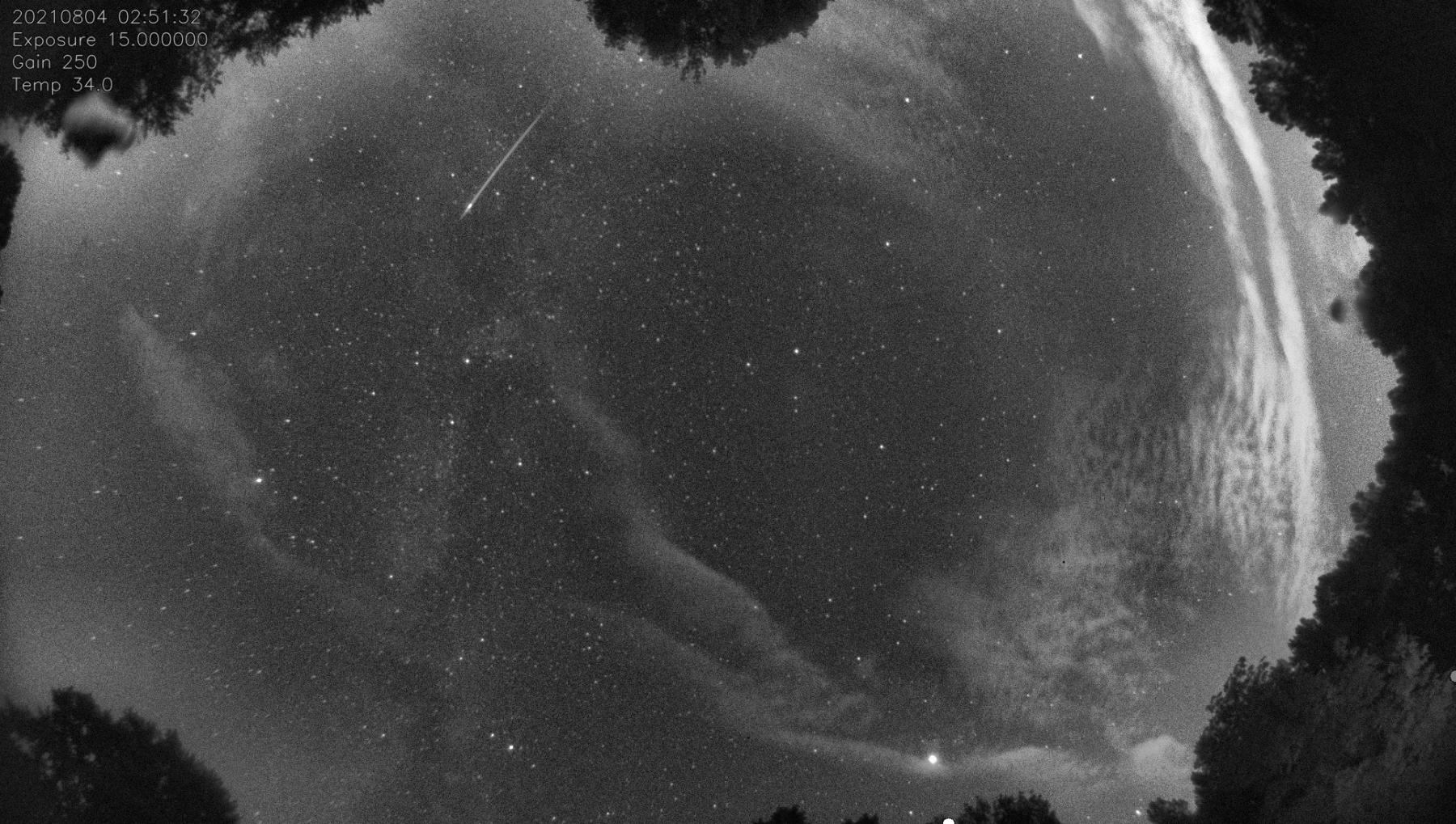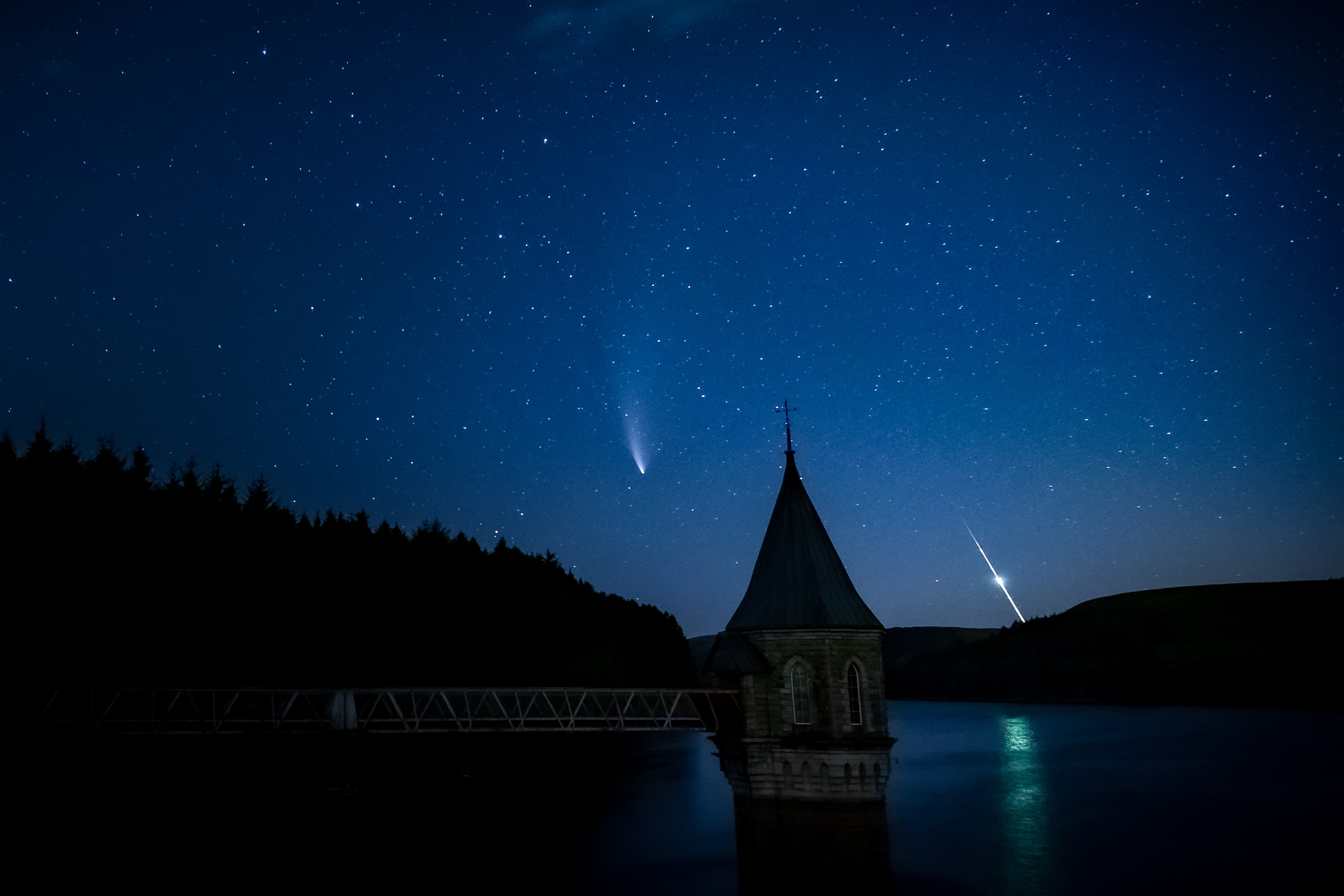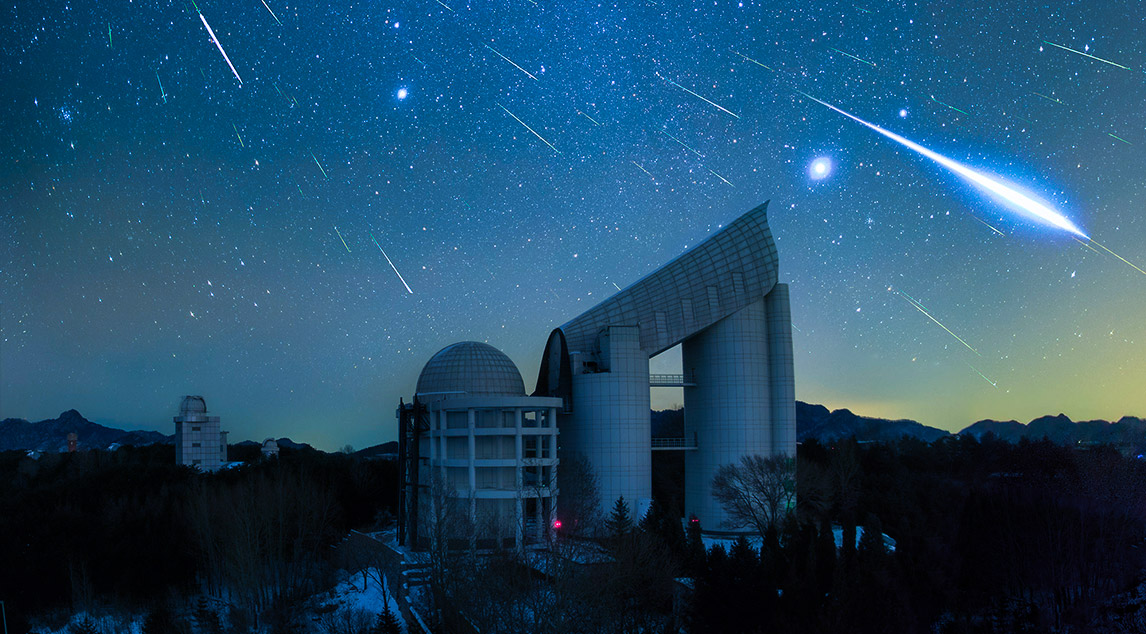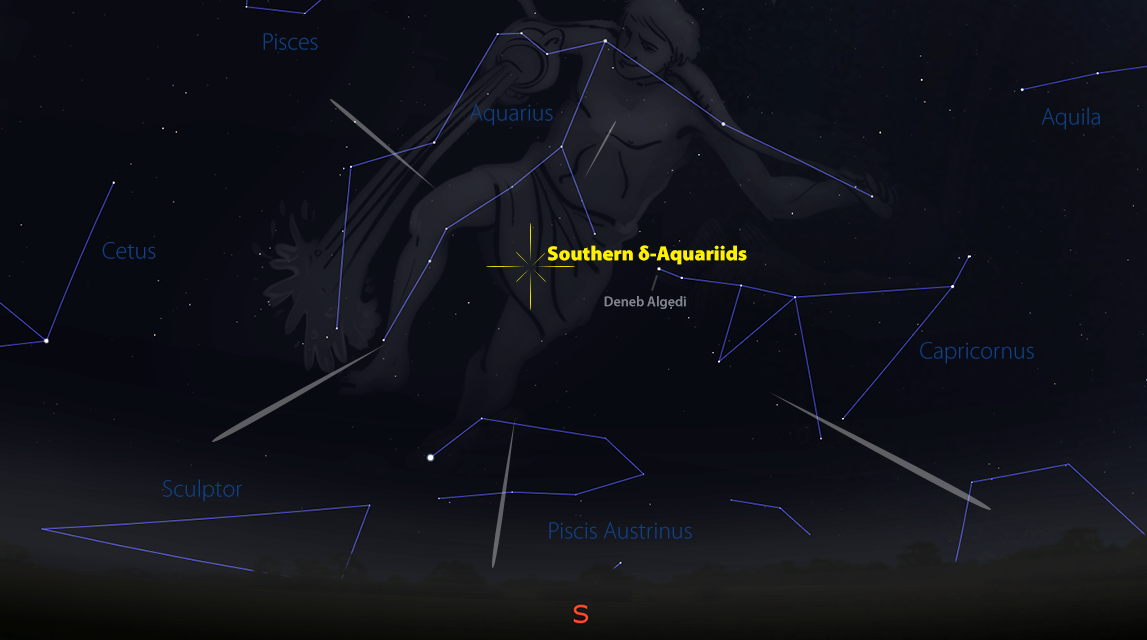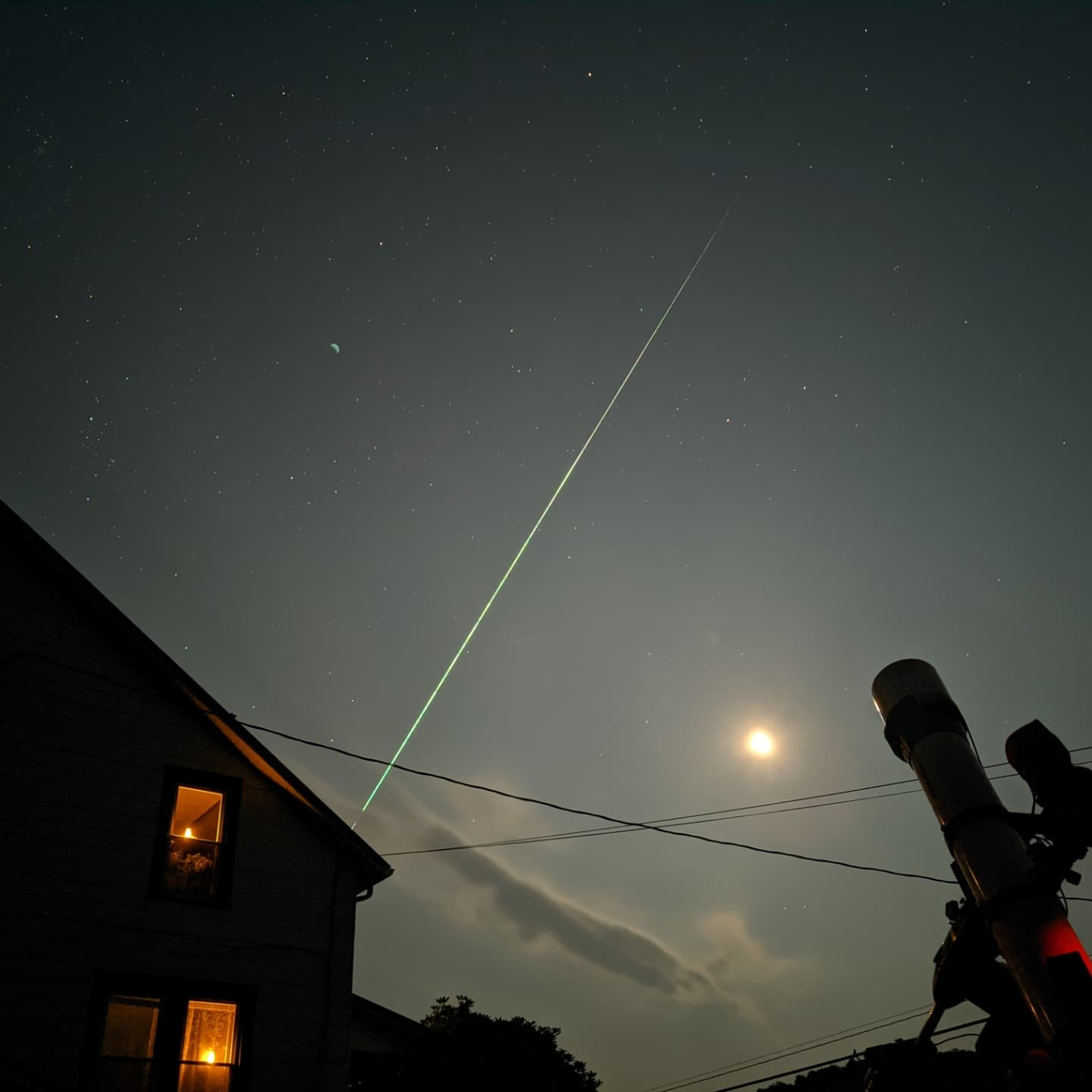
Meteor Activity Outlook for August 14-20, 2021
During this period, the moon reaches its first quarter phase on Sunday August 15th. At that time the moon lies 90 degrees east of the sun and sets near 23:00 local daylight saving time (on Aug. 14). As the week progresses the waxing gibbous moon sets later and later, diminishing the available time of dark sky with each passing night.
 American Meteor Society
American Meteor Society
